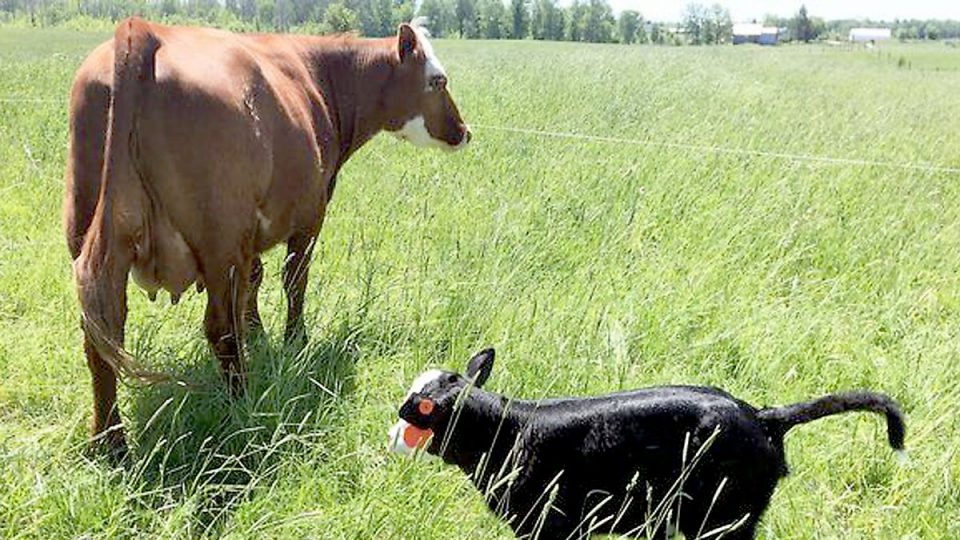Agricultural industries are not immune from supply chain hiccups.
Just as other industries and consumers are experiencing supply chain interruptions, farmers and ranchers are in the same boat. All sectors are experiencing this frustration in the supply world in areas of product availability, manufacturing delays and price increases. Agriculture producers need to prioritize input needs and put a plan in place to secure those inputs. Procrastination is something that most of us are guilty of at some point in time; however now is not the time to delay in acquiring the inputs we need to operate and prepare our products for market.
In a recent article, University of Nebraska Lincoln professor Erkut Sönmez indicates these supply chain issues will not be going away anytime soon. This may require you become more aggressive at sourcing inputs and supplies. Most have experienced issues in marketing the past 20+ months as packers could not harvest and process cattle to meet industry demand. We still face these challenges, especially at local packers throughout the country.
Fertilizer cost has skyrocketed; vaccine often is on back-order or not available; and cattle tags continue to be delayed just ahead of the 2022 calf crop. The fertilizer cost comparison tool, bit.ly/3pD4Zdr, provides producers with the ability to consider nutrient needs and fertilizer product cost.
Limited supply of key agricultural inputs could limit management alternatives. Here are some options to help avoid these challenges.
1. Purchase supplies early. Do not wait until you need the product before ordering. Recently, ear tag suppliers have sent out communications notifying customers of delays of up to 2 to 3 months.
2. Do not cancel your order with one vendor and reorder through another vendor. In many cases, vendors purchase from the same supplier. When you place an order, you are put on a waiting list, if you cancel with one vendor and order with a different one, you are only putting yourself further down that list.
3. Purchase all the needs for the entire year or longer if feasible. Make a list of your yearly activities and start prioritizing orders now.
4. Consider working with neighboring farms to acquire needed supplies. Often, working together saves both money and time.
It is highly likely that these supply chain hiccups will continue through 2022. Now is the time to act. You may not need fertilizer, vaccines or ear tags until spring, but waiting until you need supplies to order them could leave you without. Many other input items fall into the short supply problem. For additional information about planning and securing your input needs, contact a team member from the Michigan State University Extension beef team, www.canr.msu.edu/beef.


